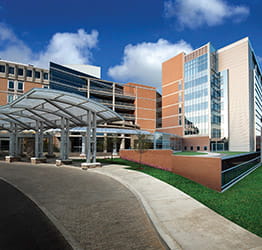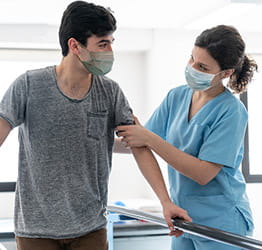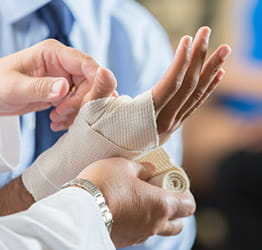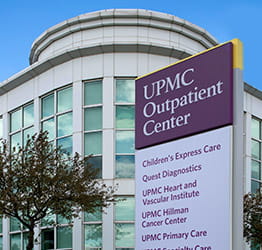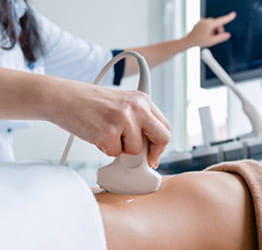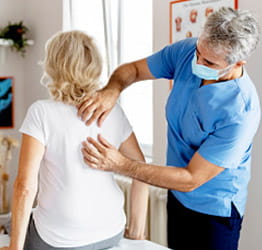Chlamydia
Chlamydia is a bacterial infection and is treatable with antibiotics. It is one of the most common STIs. If left untreated, it can cause permanent damage to a woman's reproductive organs and make it difficult to get pregnant.
Gonorrhea
Gonorra bacteriala is an infection that can affect the genitals, rectum, and throat. Typically, antibiotics can curterial infection. However, over the years, strains of gonorrhea have developed antibiotic resistance.
Genital herpes
Genital herpes is a chronic, lifelong viral infection that has no cure. Two types of viruses, herpes simplex virus types 1 and 2 (HSV-1 and HSV-2), can cause disease.
HSV-1 can also cause oral herpes, which results in cold sores and blisters around the mouth. It can passed through saliva. HSV-2 causes genital herpes, which causes sores in the genital area.
While there is no cure for herpes, antiviral medicine can treat symptoms and prevent you from spreading it to others.
HIV
Human immunodeficiency virus (HIV) is a viral infection that has no cure. These days, it is often well-controlled with antiviral medicines. It can progress into a disease called acquired immunodeficiency syndrome (AIDS).
Medicines called antiretroviral therapy (ART) can lower the amount of HIV in the body. These medicines have allowed people with HIV to stay healthy, live longer, and reduce the spread of the infection. These medicines can also prevent or slow the process of HIV turning into AIDS.
Human papillomavirus
Human Papillomavirus (HPV) is the most common STI in the United States. There are many types of HPV. In most cases, HPV goes away on its own within two years.
But if it doesn't go away, it can cause serious health problems, including cancer. You can develop symptoms years after catching it.
Vaccines can prevent some of the most dangerous strains of HPV. Preteens and people younger than 26 years old should get this vaccine to prevent cancer.
Mycoplasma genitalium
Mycoplasma genitalium (mgen) is an STI that spreads through vaginal and anal sex without a condom. Antibiotics can usually cure the infection. Some strains have developed antibiotic resistance, requiring more extensive treatment.
Syphilis
Syphilis is an STI that you can get during vaginal, anal, or oral sex. You catch it from coming into contact with a syphilis sore.
Syphilis was nearly eliminated in the United States but has been increasing again. More than 80% of people who become infected are men, according to the National Center for Biotechnology Information. More than half of them are gay, bisexual, and other men who have sex with men.
If caught early, a round of antibiotics can cure syphilis. If left untreated, it can lead to serious health problems, including brain and nerve problems, blindness, or death.
Trichomoniasis
Trichomoniasis (also called "trich") is a common STI. It happens more often in women than men. Older women are more likely to get the infection, and only about 30% of people have any symptoms, according to the CDC.
What are STI risk factors and complications?
Anyone sexually active is at risk of getting an STI. The more sexual partners you have, the higher your risk of infection. Younger people are at higher risk – about half of the people with STIs are between the ages of 15 and 24.
How can I reduce my risks of STIs?
The only way to avoid getting an STI is not to have vaginal, anal, or oral sex.
If you're sexually active, you can lower your risk by:
- Using a condom the right way every time you have sex.
- Only having sex with someone when they have tested negative for STIs.
- Ask your partner before sex if they have or are regularly tested for STIs.
- Get vaccinated for hepatitis B and HPV.
Anyone who is sexually active should get tested for STIs at least once a year.
Back to top
What Are the Signs and Symptoms of an STI?
Many people with an STI don't have symptoms and don't know they're infected. For those who have STI symptoms, they can vary depending on the infection. Common ones include:
- Sores in or around your mouth and genitals.
- Swelling around your genitals.
- Severe itching around your genitals.
- Fluids or discharge from your penis.
- Discharge that has a foul odor or is different from usual from your vagina.
- Vaginal bleeding that's not your period.
- Painful sex.
- Rash.
- Feeling sick and achy.
- Fever.
When should I see a doctor about my STI symptoms?
See a doctor right away if you have any symptoms, think you might have an STI, or find out that a sexual partner has an STI. Most STIs are curable, especially when treated early.
Your primary care doctor, gynecologist, or even an urgent care center or clinic provider can treat your STI.
Back to top
How Do You Diagnose an STI?
A doctor diagnoses an STI with a physical exam and testing. During your visit, the doctor will ask about your medical history, symptoms, and sexual history.
They'll do a physical exam to examine your genitals. They'll look at any areas where you have discomfort, pain, swelling, a rash, or other symptoms.
Your doctor may ask:
- Have you been sexually active in the past year?
- How many sexual partners have you had?
- Do you have sex with men, women, or both?
- Do you have anal, oral, or vaginal sex?
- How do you protect yourself from STIs?
You may feel uncomfortable talking about your symptoms and sexual history. Remember, your doctor won't judge you — they've seen and heard it all. And it's important to share everything with them so they can diagnose you correctly.
Test to diagnose STIs
If you are sexually active, you should get an STI or STD test at least once a year, more often if you have multiple sex partners.
There are different tests for different STIs. After assessing your symptoms and medical and sexual history, your doctor will let you know what STI tests you need.
Tests to diagnose STIs may use a urine sample, cheek swabs, or blood test. The doctor may need to take a fluid sample from sores on the skin or from the vagina, cervix, penis, anus, or throat.
Back to top
How Do You Treat STIs?
STI and STD treatments depend on the type of infection. You should see a doctor and start treatment as soon as you notice symptoms. If left untreated, STDs can cause serious health problems and infertility.
STIs are typically treated with either antiviral drugs, for viral infections, or antibacterial drugs, for bacterial infections. These treatments may come as pills or shots. A doctor may also prescribe a cream or ointment to help with rashes, sores, or other skin problems.
If your symptoms continue after treatment, talk to your doctor. You may need additional medicine.
Some STDs, like herpes and HIV, are chronic, meaning they are treatable but have no cure. These infections stay in your body for the rest of your life. You will need to take medicine regularly to lessen symptoms, reduce the number of outbreaks, and prevent the spread of the disease.
Does having an STD change your life?
During treatment, you may need to avoid sex and all sexual activity, including oral sex.
Because most STDs go away with medicine, you can live a normal life unless you catch them again. Talk to your doctor about how to avoid catching another STI.
Even people living with a chronic or life-long STD can live a normal life. Talk to your doctor about how to treat your symptoms when they occur and how to prevent spreading the disease to sexual partners. To protect others, don't have sex, even with a condom, when having an outbreak.
Many people with chronic STDs only have symptoms once in a while. Daily medicines and lifestyle changes can help lessen symptoms and how often you have them.
To reduce the triggers for an outbreak:
- Reduce stress.
- Stay healthy to avoid illness.
- Get good sleep.
Back to top





